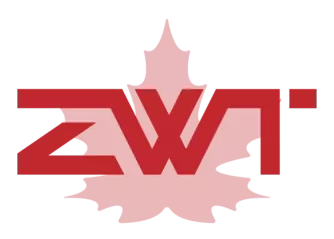
A record of developing anti-corrosion and anti-scaling technology in North China Oilfield
After years of exploration and development, oil fields will encounter situations where oil well corrosion and scaling affect the normal production of oil wells. How to effectively repair oil wells, prevent corrosion and scale, extend the pump inspection cycle, increase the oil well opening rate, and achieve stable oil production and increase production?
After more than 10 years of unremitting efforts, North China Oilfield has achieved good results in oil well anti-corrosion and scale prevention technology. Up to now, North China Oilfield has implemented anti-corrosion and scale prevention technology in 420 oil wells. The average pump inspection cycle of oil wells has been extended from 181 days before the measures to 834 days, reducing pump inspection operations by 1,521 wells, with an input-output ratio of up to 1:5.6, and significant economic benefits.
On this basis, North China Oilfield expanded to the ground system and implemented 5 stations on site. After implementation, the corrosion rate was controlled within 0.076 mm/year, the perforation rate decreased by an average of 56%, and the carbonate scale prevention rate reached 95%, providing technical support for oil field production.
Take the pulse of oil wells, find the crux and treat them scientifically
More than 30% of the oil wells in North China Oilfield have corrosion and scaling. This problem affects production. Only by finding the crux of the problem can the problem be solved.
Researchers choose oil wells with prominent problems and serious corrosion and scaling to treat, and do not "sprinkle sesame salt" to focus on solving difficult and complicated problems. Researchers found that the five oil wells in the Beijing 22 and Beijing 58 blocks of the Beiguzhuang Oilfield of the Fourth Oil Production Plant were seriously affected by corrosion and scaling. Pump inspections were frequent, and the average pump inspection cycle was 100 days. Among them, the average pump inspection cycle of Beijing 22-5 well was only 67 days, resulting in a significant increase in operating costs.
Therefore, in 2000, the Engineering and Technology Research Institute established a project team to conduct systematic research on the basis of detailed understanding and systematic research. Through on-site sampling and careful analysis, the project team found that the cause of corrosion and scaling was electrochemical corrosion caused by low pH value, free carbon dioxide and high mineralization of sodium bicarbonate water. To this end, the Engineering and Technology Research Institute carried out targeted corrosion inhibitor research.
The project team conducted thousands of indoor studies in half a year and found that the introduction of oxygen during the experiment affected the development of corrosion inhibitors. Afterwards, according to the principle of "one well, one agent", researchers finally developed a corrosion inhibitor formula with independent intellectual property rights.
After field verification, initial results were achieved. Five oil wells with serious corrosion and scaling in the Beiguzhuang Oilfield did not carry out pump inspection operations due to corrosion and scaling one year after implementation. The good treatment effect has given this technical process a broader application space. This technology has been applied to five other oil and gas production units, 420 oil wells have been implemented, and the average pump inspection cycle has been extended by 3.6 times. The average pump inspection cycle of the oil wells in the Second Oil Production Plant alone was extended by 770 days, saving more than 30 million yuan in operating costs and replacement of materials such as rods and pipes, and extending the life of the oil wells.
Leave a Message
Your email address will not be published. Required fields are marked *

